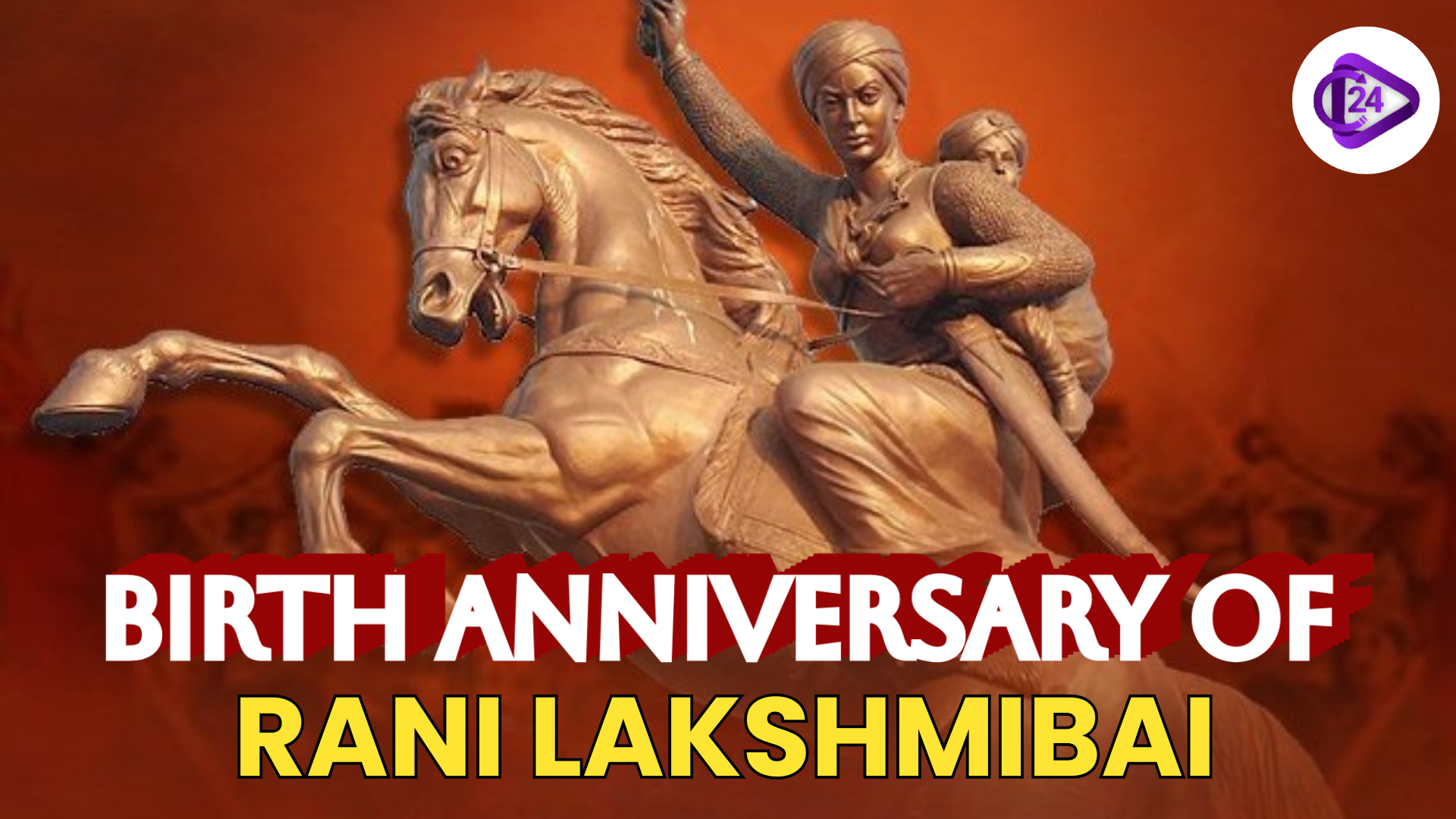
Working in partnership with a private company, the ASI completed the restoration of the centuries-old Rajon ki Baoli in Delhi’s Mehrauli Archaeological Park. In 1506 CE, Daulat Khan Lodi had this stepwell constructed during the Lodi dynasty for storing water and allowing people to rest. It features aspects of Indo-Islamic architecture with both social and religious significance. Rajon ki Baoli shows the Lodi era’s clever architecture and meaningful cultural impact on Delhi’s buildings. Restoration forms a major part of efforts to look after India’s historical water management systems and monuments.
Context:
-
The ASI has finished restoring Rajon ki Baoli, an old stepwell built during Lodi times in Delhi. Restoration helps to preserve India’s water structures from medieval times and raises awareness of history.
Details of Rajon ki Baoli:
-
This pillar stands at Mehrauli Archaeological Park, only 400 meters south of Adham Khan’s Tomb in Delhi.
-
In 1506, Daulat Khan Lodi, who worked for Sultan Sikandar Lodi, constructed the mosque.
-
The Stepwell of the Masons refers to those who built it, the Raj Mistris (craftsmen), not the rajas or royalty.
-
Design: The architecture is a rectangular stepwell that is 49,893 sq. feet and reaches a depth of 13.4 meters.
-
Space: The stepwell has four levels, but only the top one is exposed at its base.
-
The Hubert Howe Bancroft Garden features verandas, arched halls, arches with 12 pillars, walls with stucco medallions and contains a mosque, tomb and chhatri pavilion.
-
It was meant to store water, allow rest for travelers and hold importance for various social and religious purposes.
About the Lodi Dynasty:
-
Dynasty: From 1451 to 1526 CE, the rulers of this dynasty controlled the Delhi Sultanate.
-
The first governor of the Delhi Sultanate, Bahlul Lodi, was the founder of the Afghan Empire.
-
The territories under them included: Punjab, Jaunpur, Gwalior, and Upper Ganga Valley.
Notable Facts & Achievements
-
Annexing Jaunpur, Bahlul Lodi increased the power of Afghanistan in the north.
-
Sikandar Lodi: He established Agra, organised reforms in land holdings, appreciated arts, levied the jizya tax and attacked and destroyed temples in Mathura.
-
Ibrahim Lodi: The defeat at the First Battle of Panipat by Babur in 1526 put an end to his rule.
-
Era: The Delhi Sultanate ended and the Mughal Empire started in India.
Significance:
-
Rajon ki Baoli shows how Lodi architecture could be both purposeful and beautiful.
-
Thanks to the restoration, both cultural heritage and tourism are saved and promoted.
-
Includes traditions and water management from medieval society in India.
Conclusion:
The restoration of Rajon ki Baoli highlights India’s strong desire to conserve its ancient history. Serving as reminders of India’s cultural traditions, such monuments help to convey to new generations how water was managed then. The initiative benefits heritage tourism and helps people value India’s rich history.
UPSC Prelims Practice Questions
Q1. Read the information below about Rajon ki Baoli:
- This place was constructed by Sultan Ibrahim Lodi in 1506 CE.
- The stepwell is in the Mehrauli Archaeological Park in Delhi.
- The name comes from the wealthy people who funded the project.
- The entire restoration work was undertaken by the Archaeological Survey of India (ASI) independently.
Which of the statements above is/are true?
A) Only 2 is correct
B) Only B1 and B2 are correct.
C) Only 2 and 3 are correct.
D) They are found in 1, 2 and 4.
UPSC Mains Practice Questions
Q.1 Examine how the Lodi Dynasty affected the type of architecture found in Delhi. How does Rajon ki Baoli portray the unique Indo-Islamic style seen during the era of the Lodis? (250 words)



 Chhattisgarh Gets Its First Ramsar Site with Kopra Reservoir Declaration
Chhattisgarh Gets Its First Ramsar Site with Kopra Reservoir Declaration Birth Anniversary of Dr Rajendra Prasad
Birth Anniversary of Dr Rajendra Prasad Tessy Thomas Achieves Major Recognition With Dr Paulos Mar Gregorios Award 2025
Tessy Thomas Achieves Major Recognition With Dr Paulos Mar Gregorios Award 2025 Ramban Sulai Honey GI Tag: A Major Win for Traditional Beekeeping
Ramban Sulai Honey GI Tag: A Major Win for Traditional Beekeeping India Secures Third Rank in Asia Power Index 2025
India Secures Third Rank in Asia Power Index 2025 Constitution Day of India 2025: History, Meaning and Timeline Explained
Constitution Day of India 2025: History, Meaning and Timeline Explained India Launches ₹7,280 Crore Initiative to Develop Rare Earth Magnet Manufacturing
India Launches ₹7,280 Crore Initiative to Develop Rare Earth Magnet Manufacturing Assam Government Introduces Bill to Ban Polygamy with Strict Penalties
Assam Government Introduces Bill to Ban Polygamy with Strict Penalties Guru Tegh Bahadur Martyrdom Day 2025 A Tribute to Courage and Spiritual Strength
Guru Tegh Bahadur Martyrdom Day 2025 A Tribute to Courage and Spiritual Strength India Pays Tribute to the Birth Anniversary of Rani Lakshmibai
India Pays Tribute to the Birth Anniversary of Rani Lakshmibai






